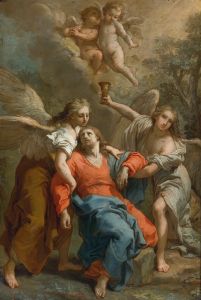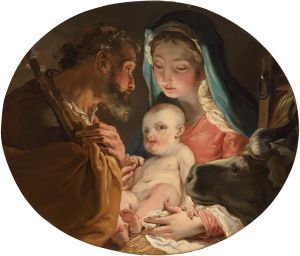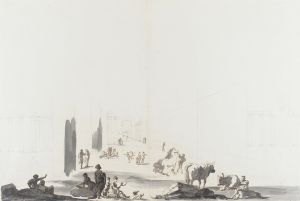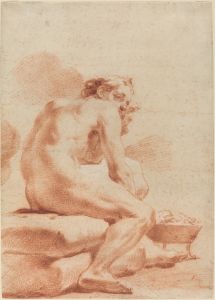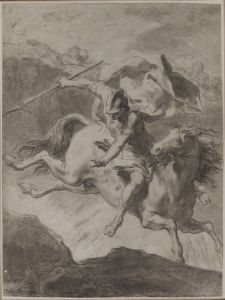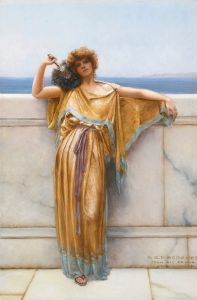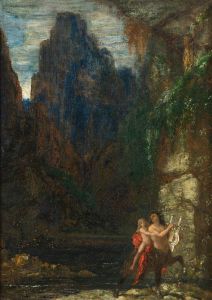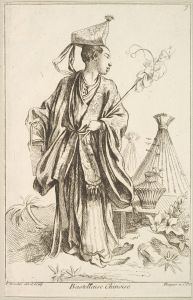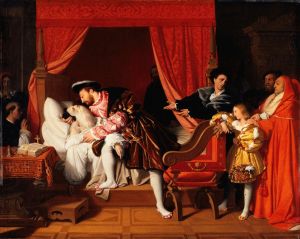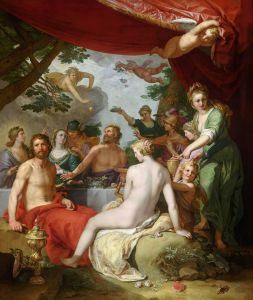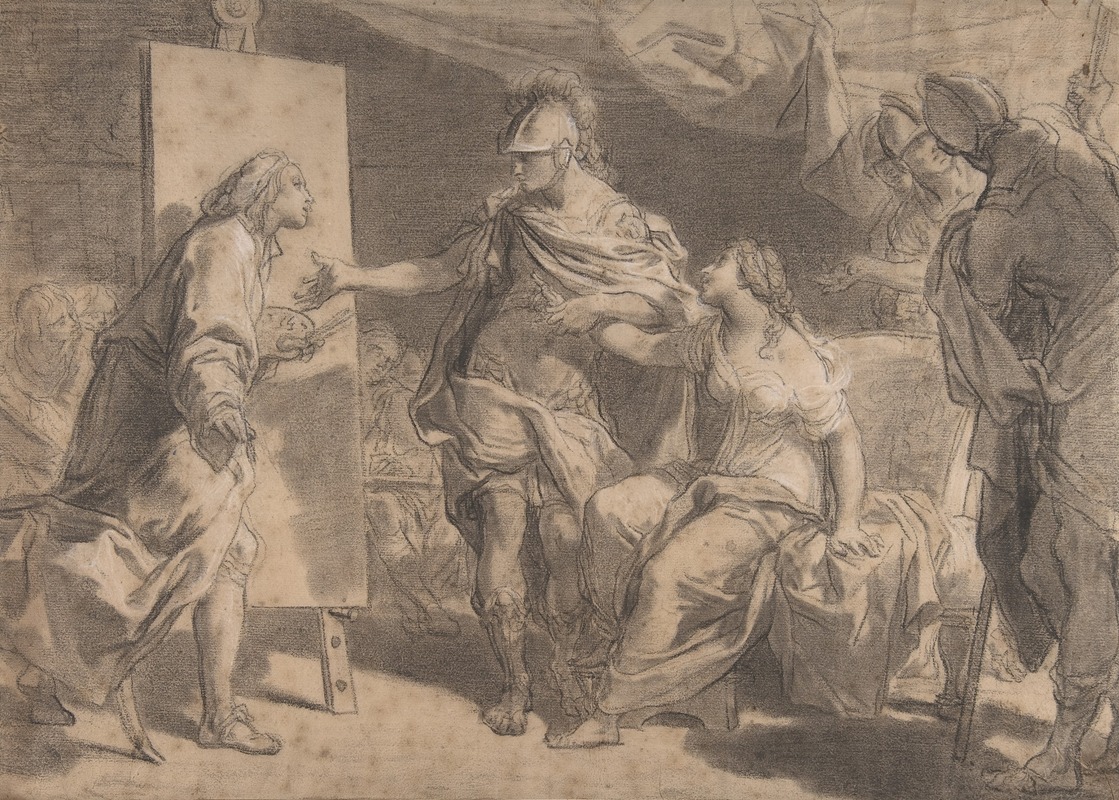
Alexander the Great Offering His Concubine Campaspe to the Painter Apelles
A hand-painted replica of Gaetano Gandolfi’s masterpiece Alexander the Great Offering His Concubine Campaspe to the Painter Apelles, meticulously crafted by professional artists to capture the true essence of the original. Each piece is created with museum-quality canvas and rare mineral pigments, carefully painted by experienced artists with delicate brushstrokes and rich, layered colors to perfectly recreate the texture of the original artwork. Unlike machine-printed reproductions, this hand-painted version brings the painting to life, infused with the artist’s emotions and skill in every stroke. Whether for personal collection or home decoration, it instantly elevates the artistic atmosphere of any space.
"Alexander the Great Offering His Concubine Campaspe to the Painter Apelles" is a painting by the Italian artist Gaetano Gandolfi, created in the late 18th century. Gaetano Gandolfi (1734–1802) was an accomplished painter of the Bolognese School, known for his dynamic compositions and vibrant use of color. This particular work is a fine example of Gandolfi's ability to capture historical and mythological subjects with emotional depth and technical skill.
The painting depicts a well-known anecdote from the life of Alexander the Great, the Macedonian king and military leader who created one of the largest empires of the ancient world. According to historical sources, Alexander had a concubine named Campaspe, who was renowned for her beauty. The story goes that Alexander commissioned the famous Greek painter Apelles to paint a portrait of Campaspe. Upon seeing the completed work, Alexander was so impressed by the painting and by Apelles' evident admiration for Campaspe that he decided to offer her to the painter as a gesture of appreciation and respect for his artistic talent.
In Gandolfi's painting, the scene is rendered with a sense of drama and emotion. Alexander is typically portrayed as a magnanimous and noble figure, demonstrating his generosity and appreciation for art. Campaspe is often depicted with grace and beauty, embodying the idealized form of classical beauty that was celebrated during the period. Apelles, on the other hand, is shown as a dedicated artist, deeply engaged in his work and perhaps surprised by Alexander's unexpected gift.
The composition of the painting reflects Gandolfi's mastery of Baroque techniques, with a dynamic arrangement of figures and a strong use of light and shadow to create depth and focus. The use of rich colors and detailed textures adds to the overall impact of the scene, drawing the viewer's attention to the emotional interplay between the characters.
This painting not only highlights Gandolfi's artistic skill but also serves as a reflection on the themes of art, beauty, and generosity. The story of Alexander, Campaspe, and Apelles has been a popular subject in art and literature, symbolizing the relationship between patronage and creativity, as well as the power of art to inspire and transform.
Gandolfi's work is part of a broader tradition of European art that sought to capture historical and mythological narratives, often with a moral or philosophical message. His ability to convey complex emotions and interactions through his paintings has earned him a lasting place in the history of art.
Today, Gaetano Gandolfi's "Alexander the Great Offering His Concubine Campaspe to the Painter Apelles" is appreciated not only for its aesthetic qualities but also for its representation of a timeless story that continues to resonate with audiences. The painting is a testament to the enduring appeal of classical themes and the skill of artists who bring them to life.





